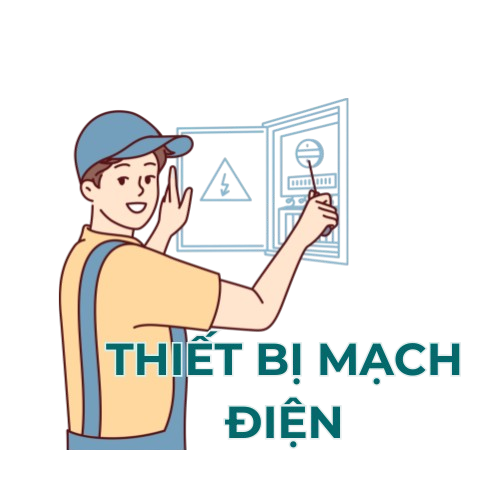In today’s digital era, AI powered chatbots have emerged as a innovative technology that redefines the way businesses interact with their customers.
This article offers a comprehensive review on AI powered chatbots, covering their evolution, how they execute, their features, and their roles in today’s digital landscape.
History and Evolution
Chatbots emerged as basic scripts designed to perform simple tasks, such as answering common questions.
Over time, advancements in artificial intelligence have enhanced chatbots from these simple programs into intelligent virtual assistants.
How AI Powered Chatbots Work
Modern AI powered chatbots rely on cutting-edge algorithms and ML to understand user inputs.
The feedback loop inherent in AI chatbots helps them adapt quickly and elevates customer experience.
Advantages of AI Chatbots
With AI chatbots, businesses can offer support any time of day.
By eliminating repetitive tasks, businesses can focus on higher-level tasks.
They can remember previous interactions, which increases user satisfaction.
Real-World Applications of AI Chatbots
AI powered chatbots are used in a wide range of industries, including industries like retail, finance, healthcare, and telecommunications. | They provide interactive assistance in various industries. | In e-commerce, for example, chatbots guide users through the purchase process.}
In the banking sector, they assist with financial services and support.
The Future of AI Powered Chatbots
As deep learning continues to progress, chatbots will become more intuitive.
The future promises a more interactive digital ecosystem where AI chatbots play a central role.
Key Challenges in AI Chatbot Implementation
While AI chatbots offer significant advantages, businesses must also plan for potential pitfalls.
One of the primary challenges is avoiding misinterpretation of messages.
As chatbots deal with sensitive information, data protection must be a priority.
Investing in continuous research and development is essential for maintaining efficiency.
Moreover, integrating AI chatbots with existing systems, such as enterprise software, data analytics, and service portals, poses both operational considerations.
Tips for AI Chatbot Success
To achieve the best results, businesses should implement gradually and refine continuously. | It is recommended to deploy in incremental stages to adjust strategies based on feedback.}
The more industry-specific information you provide, the more effective the chatbot will engage.
An cyclical approach to development generates sustained performance.
Success Stories
In the financial sector, banks are integrating AI solutions for faster response times, resulting in improved customer feedback.
One such success story involves a innovative company that achieved a 50% reduction in response times after implementing an AI chatbot.
Next-Generation AI Chatbots
As we move further into 2025, the capabilities of AI powered chatbots are only projected to evolve.
As these trends gain traction, businesses that adopt AI chatbots will outperform competitors.
Conclusion
Ultimately, AI powered chatbots provide significant results in automation, personalization, and data insights.
As technology continues to develop, companies that embrace these systems will lead the market.
I appreciate you going through this extensive guide.
Feel free to share your thoughts, ask questions, or leave your experiences below.
Cheers to the future of AI and smarter customer interactions!
Read more: Medium.com
